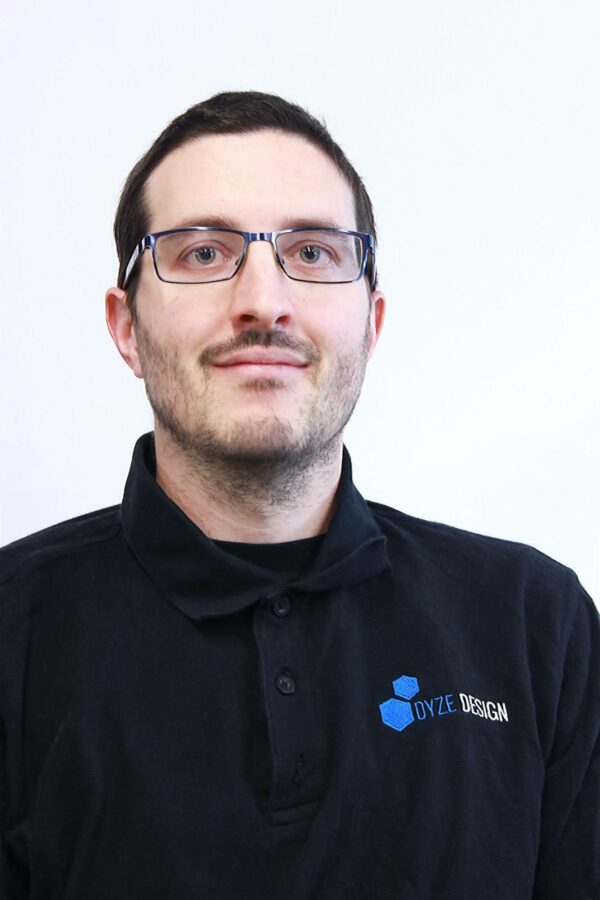Menu
Home Funding
Throughout your time with ACET, we will support you in putting in place a funding strategy.
Based on how your company evolves, our venture capital fund, ACET Capital, will also give you access to private funds to support your growth and maximize your chances of success.
Knowing that seeking capital is one of the biggest challenges facing you and that there are very few venture capital funds for tech startups at the precommercialization and commercialization stages, ACET has set up two ACET Capital funds dedicated to its incubated companies.




The mission of the ACET Capital funds is to facilitate the startup and growth of your innovative tech company by financially supporting its different stages of development. Every year, ACET Capital plans to invest in 5 new companies on average.
To create leverage for your company, ACET Capital also calls on its large network of investors, with whom it co-invests, to raise larger rounds of funding ($0.5M to $3M).
The ACET Capital funds target innovative tech companies in all sectors: innovative manufacturing, digital technologies, health technology, green technologies, etc.
Digital technologies grow out of the use of information technology and include SaaS models, artificial intelligence and products using virtual or augmented reality. Projects that present simple applications or websites are not eligible, however.
Health technologies are tools or innovations that encompass medical devices, software, artificial intelligence and other technological advances used in the medical field and in health management.
Exception: Biomedical technologies whose aim is to develop a new medication from molecules.
Green technologies are innovations that support sustainable development while minimizing environmental impact. They include solutions such as renewable energy, waste management, energy efficiency and conservation of biodiversity.
The technologies at the heart of innovative manufacturing or Industry 4.0 ensure the digital transformation of the manufacturing industry by using, among other approaches, the Internet of Things, robotics, artificial intelligence and data analysis to optimize production processes and increase efficiency.
Investments are made as shares or a convertible note (SAFE, KISS, debenture). The choice between shares or a convertible note will be based on negotiations between you and ACET Capital.
Here are the various investments that ACET Capital can make based on the stage of your company:
As ACET’s role is rarely that of lead investor, we share the conditions of the lead investor if these are acceptable.
ACET Capital’s methodology is divided into 6 funding stages. For each one, we are committed to offering you support based on your needs.
ACET, which has extensive knowledge of the financial world, is here to guide and support you in your funding efforts.
If your financial needs require venture capital, ACET Capital will step in and help you with this process.
After determining that your company is ready for a round of financing, you must produce, with the support of ACET Capital, your business plan and your financial forecasts. These two documents will allow you to present your project (action plan, generally over 24 months) to various financing sources, including venture capital.
Now that your financial needs are known, it will be possible to establish your financing, that is, to determine the sources of financing that you can approach (capital, loans and subsidies, etc.). Next, you will approach the most attractive and relevant backers for your company.
If your project includes capital, you need to identify a syndicate that generally brings together 3 or 4 venture capitalists. One of these investors will take on the role of lead investor.
The letter of intent itemizes the preconditions of a potential investment in the company. The lead investor will submit this letter to you.
If you accept the conditions of the letter of intent (after negotiating), the lead investor will begin the due diligence process, which is a more detailed analysis of your company. This analysis will verify the statements in your business plan and your financial projections.
If the due diligence confirms an investor’s interest, a final funding offer will be presented to you and an investment agreement will be prepared (legal document). Then all the parties will sign the legal documents and funding will be disbursed.

“ACET Capital played an important role during Immugenia’s first round of financing. Not only did we have their financial backing, but also assistance that allowed us to properly structure this round of financing with our other investors.”


“ACET Capital’s support really made all the difference in achieving our objectives. Acting as lead investor, ACET Capital helped us find smaller investors more easily and more quickly than traditional investment funds. Also, negotiations were very fluid, given the similarities between the two organizations.”


“Throughout my raising of funds with ACET Capital, I worked with a professional and attentive team that blended expertise and caring. Their fluid and quick approach as well as their painstaking support greatly facilitated my process, showing a remarkable commitment to the entrepreneur.”

“The ACET Capital fund excels in understanding high-tech hardware companies and providing them with guidance, support and investment tailored to their reality.”


“Funding can be a difficult process, but my experience with ACET Capital has been simple, fast and effective. Their team is a real ally, ready to support entrepreneurs with great benevolence.”

ACET Capital funds are sponsored by a number of private investors. These investors are mainly successful entrepreneurs who have extensive business experience. Most of them have advanced sectoral expertise and are a high value added for companies that receive funding. ACET Capital’s two major sponsors are Investissement Québec and National Bank.




Our team shares with you advice and relevant information on financing and on our ACET Capital funds.
The following investment criteria refer to key factors that will influence our investment decisions:
When it comes to reinvestment, the achievement of agreed-upon benchmarks during the previous round will be very important. These benchmarks can be technological (technical production), commercial (storefronts, early adopters), financial (interest from new funders/contributors) or related to human resources (hiring an expert, forming an expert panel).
A reinvestment in your startup is possible for a maximum of $500 000 per company, for all stages.
For companies in the seed and startup phases, a holding period of 6 to 7 years is seen as realistic.
Following this holding period, a release should be possible and could take various forms:
A company at the precommercialization stage is a company that must have developed a working prototype and have a preliminary sense of its added value. Approaches to clients who are “early adopters” have been done to confirm assumptions about the product and the market. The business model is starting to take shape.
A company at the commercialization stage is a company that is preparing its sales strategy and refining its business model. The target market and how to reach it are better defined. Initial sales are expected within the next six months.
A company at the growth stage is a company that has reached an advanced stage of sales maturity (series A) and steady growth.
Together, let’s build the world of tomorrow.